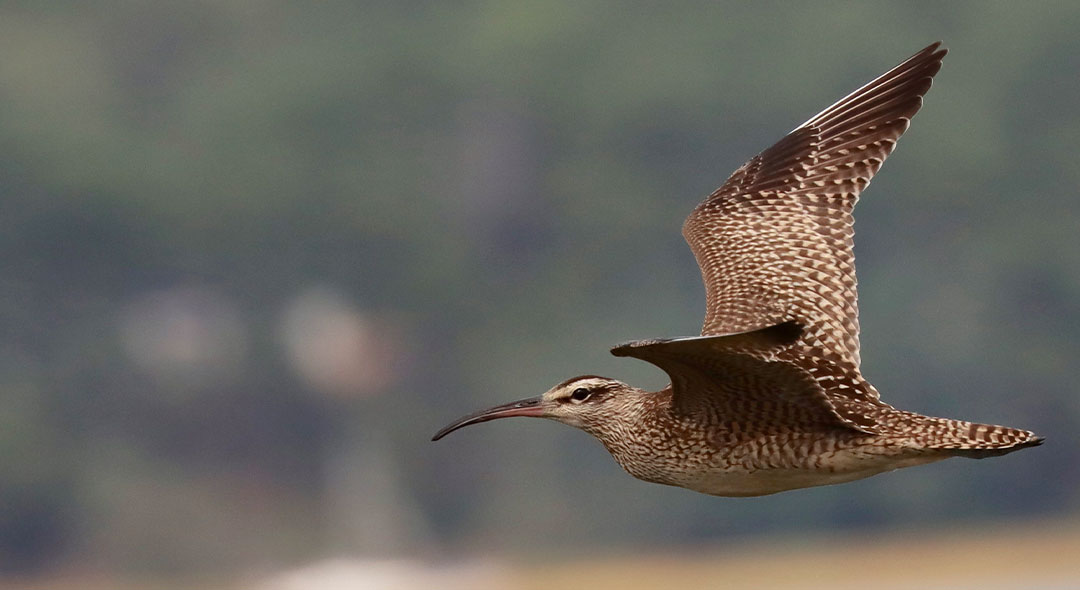 Ever since an aerial survey in 2013 documented a 10% increase in American Oystercatcher populations over the course of five years— the distinctive shorebird has been a poster child for conservation success. The quick recovery of the bird was attributed to a broad coalition of partners implementing a business plan for conservation led by Manomet’s American Oystercatcher Recovery Campaign Coordinator Shiloh Schulte.
Ever since an aerial survey in 2013 documented a 10% increase in American Oystercatcher populations over the course of five years— the distinctive shorebird has been a poster child for conservation success. The quick recovery of the bird was attributed to a broad coalition of partners implementing a business plan for conservation led by Manomet’s American Oystercatcher Recovery Campaign Coordinator Shiloh Schulte.
We are happy to announce that the good work will continue. Last year, Manomet received a new grant from the National Fish and Wildlife Foundation to implement our cooperative American Oystercatcher Recovery Program in 2016. This grant is for the conservation and management of coastal habitat designed to recover the population of American Oystercatchers and associated beach-nesting bird species in Massachusetts, Rhode Island, New York, New Jersey, and South Carolina. The grant is for $150,000 and brings together a broad network of project partners to implement the work on the ground with Manomet leading and coordinating the project.
However, our Shorebird Recovery Program is not stopping with the American Oystercatcher. We are a key partner in several other projects. The Atlantic Flyway Business Strategy is one which aims to recover the populations of fifteen shorebird species that rely on the Atlantic Flyway to survive. We are working with partners and supporters to find ways to collaborate between states, countries, and regions for conservation solutions that will benefit many shorebirds and other coastal creatures.
We are currently in the final stage of completing the Florida beach-nesting bird plan. This plan creates a framework for a collaborative approach to conserving beach-nesting birds in the state and includes population recovery goals and priority management actions. The draft plan is already being used by partners in Florida to develop new monitoring and management programs designed to recover shorebird populations.
“One of the specific management plans we are working on is the development of a cooperative predator management program to address threats to both beach-nesting birds and sea turtles,” explained Schulte. “Raccoons, ghost crabs, coyotes, and other predators affect both turtles and birds, so it makes a lot of sense to work together to find solutions for the full coastal ecosystem.”
We are also exploring working with the National Audubon Society to develop a business plan for the conservation of coastal waterbirds throughout the Gulf of Mexico. This initiative would bring together stakeholders from across the Gulf to develop a guiding framework for management and conservation of these species over the next decade.
This immense amount of research and management couldn’t happen without the financial support of our donors and the support of our partners. Together we are showing how science can lead us to create management solutions that save species—like we have done with the American Oystercatcher.





 Back to all
Back to all